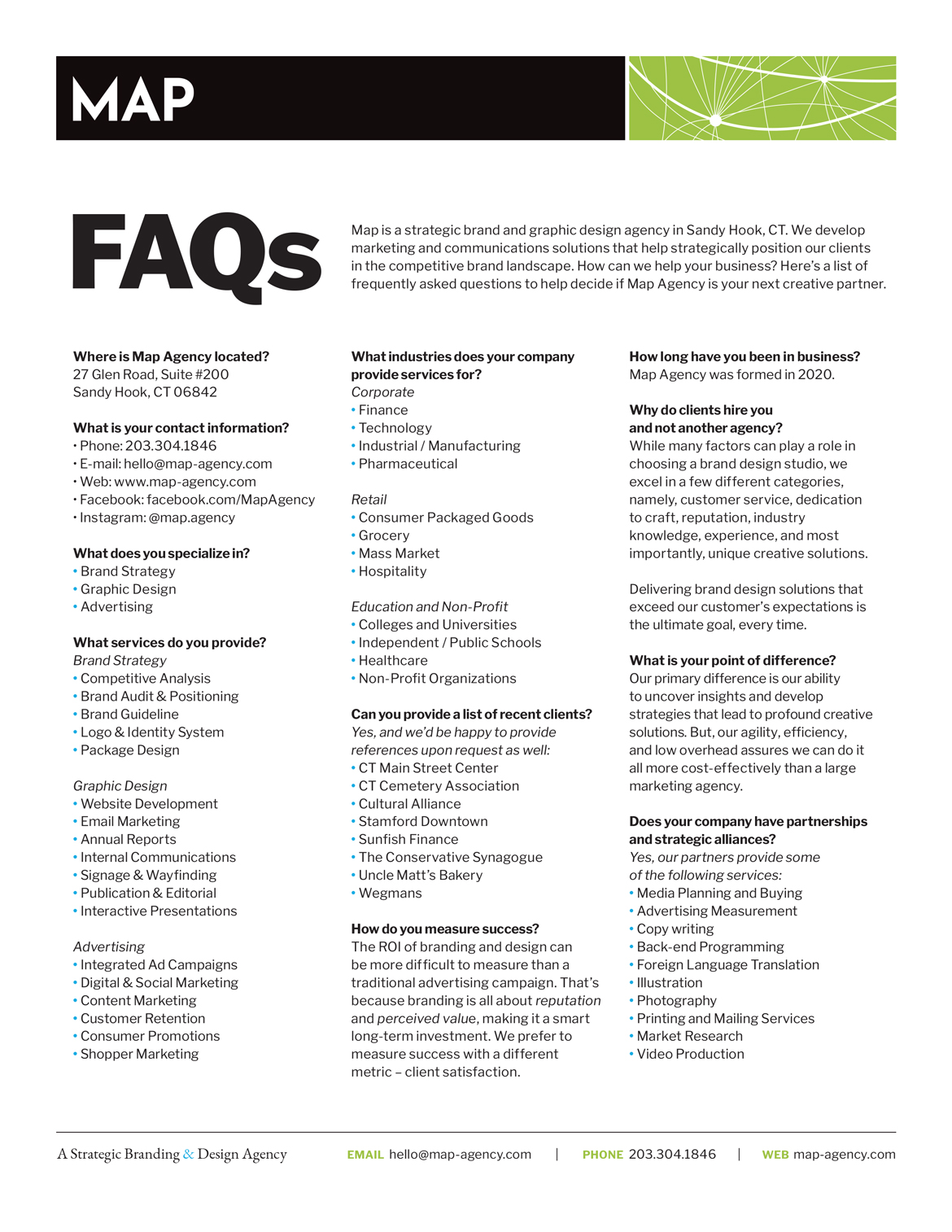Traditional marketing puts an overwhelming amount of importance on the coveted first to market, especially in digital technology, product innovation, and even retail. It’s reasonable to understand why – the first mover is often rewarded with early adopters and a large slice of market share. This is especially true when the initial audience is relatively small, or there is likely to be stiff competition soon. But for many businesses and organizations, for example those in the service, specialty, and not-for-profit sectors, being first-to-market is both unlikely, and even risky. Short of consumer testing and market research, who’s to say your target will even drink the tea?
For so many entrepreneurs, a focus on brand development prior to launch will lead to sustainable growth that far outweighs the importance of timing. As IBM’s Thomas J. Watson Jr. said in 1973, “good design is good business,” and a brand’s identity is built on a foundation of solid design. While it’s possible to evolve brand perception, thoughtful consideration prior to launch can help avoid costly brand dissonance in the future. Combined with sound strategy, a unique identity will help make an immediate emotional connection to the intended audience that will contribute to a brand’s longevity.
Obviously, we’d see many more successful businesses out of the gate if developing an relevant brand was easy. It’s not, which is one reason even business owners that understand the critical role of branding often put it off. A good friend and entrepreneur once told me, “well, let’s just hang the ‘We’re Open’ sign now and then we can always revisit the branding later.” Those that understand the real value of design, like Mr. Watson Jr., realize that there is nothing more powerful in the marketing toolkit. If speed is of the essence, though, how can businesses that aren’t first movers really move their audience?
First, focus on adding real, tangible value to people’s lives. Think about the reasons people would choose your service or product over what’s already in the market. What problem are you trying to solve? Problems are almost never solved with a widget or fancy feature. Things we all like more of: love, money, and time. Saving a busy person 5 minutes during their hectic day is extremely valuable. Dig deep, and do some soul-searching to figure out what that unique value proposition is — then include that value in both your brand ethos, and your launch strategy. Reinforce that emotional connection at every brand touch point. When you offer something of value, your audience doesn’t care whether you were first to market, or last.
Second, talk to and engage with your customers as if you are a person — because you are. Nobody likes talking to robots, at least robots without a personality. (My kids happen to love Alexa.) Your brand’s tone of voice helps to differentiate your business or product from your competitors. It’s important to consider and establish this tone prior to launch – especially if the first movers have already established one. Is your brand warm, empathetic, and endearing? Or loud, charismatic, even irreverent? Don’t be afraid to have an opinion. You might put off some potential customers, but the idea is not to please everybody. You’ll build a more meaningful connection with people who respect the fact that you stand for something.
Last, find the brand whitespace opportunities. If your business lives in a crowded space, don’t do what everybody else does. This may sound obvious, but examples of parody abound. How many pizza parlors maintain that they are the “home of the slice?” And most of them just blend in. How many pizza places do you know market cold mozzarella cheese on top of the melted cheese? I know of one, and they’ve been the most popular pizza place in town for as long as I can remember. How many brands of bottled water can you recall? Seems like aluminum could make a real splash. If you offer a similar product or service to other businesses in the market, find ways to add real value to your customers’ lives, talk to them like they are your friends (or like you want to be friends), and develop unique ways to differentiate your brand from your competitors.
We live in a “launch now, learn later” world. Unfortunately, the reason we our fathers told us not to “judge a book by its cover” is because that’s what we do, instinctively. We’re human. First impressions are important, and not just with people. When I have a bad experience at a new local restaurant, it’s highly unlikely that I’ll bring my family there again. I’m not unreasonable, there are just too many other good options that exist. We form the same initial opinions about the products and services that we interact with. So why do we continually see brand launches that don’t form immediate positive connections with audiences? Because they haven’t take the time to invest in the values of their brand, they don’t speak to their customers like real people, and they market themselves the way everybody else does.
Launch today, or launch tomorrow — products, services, and businesses that last are built on brands that move people.

